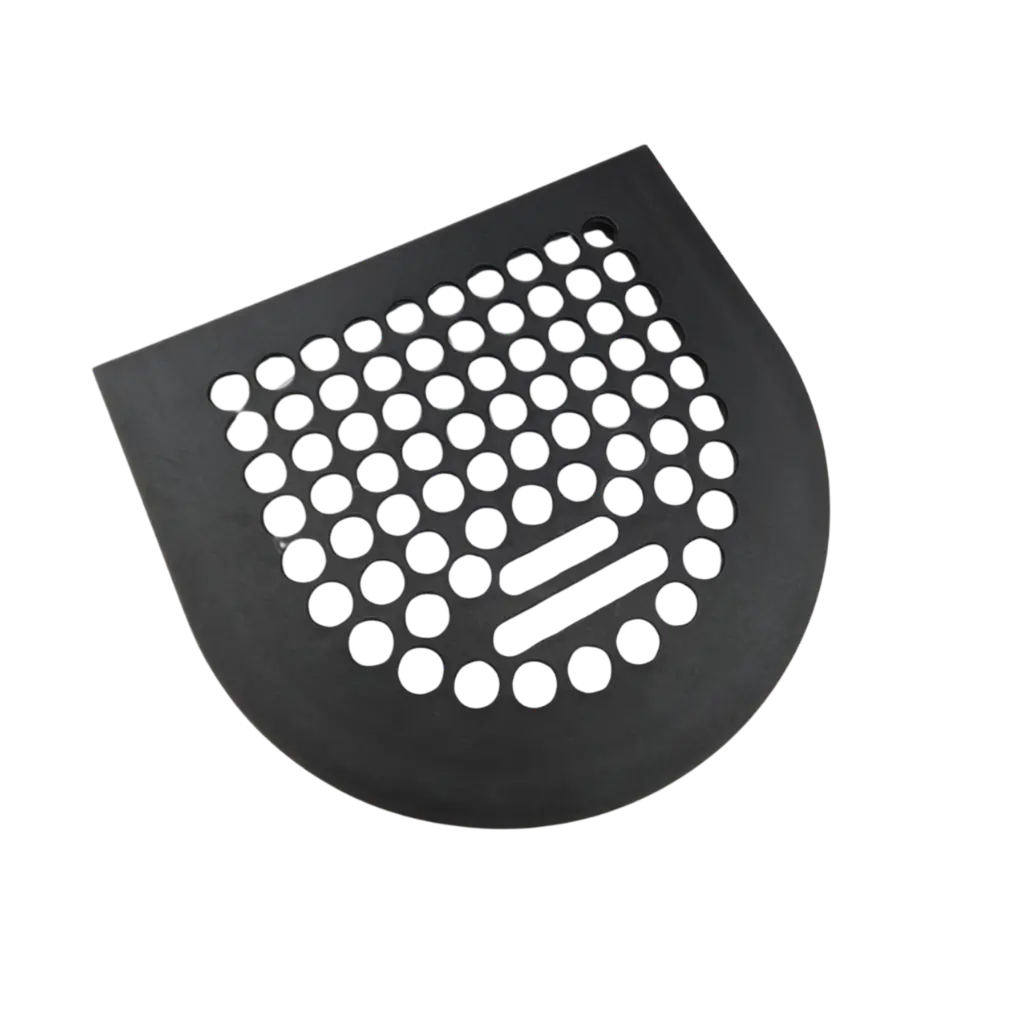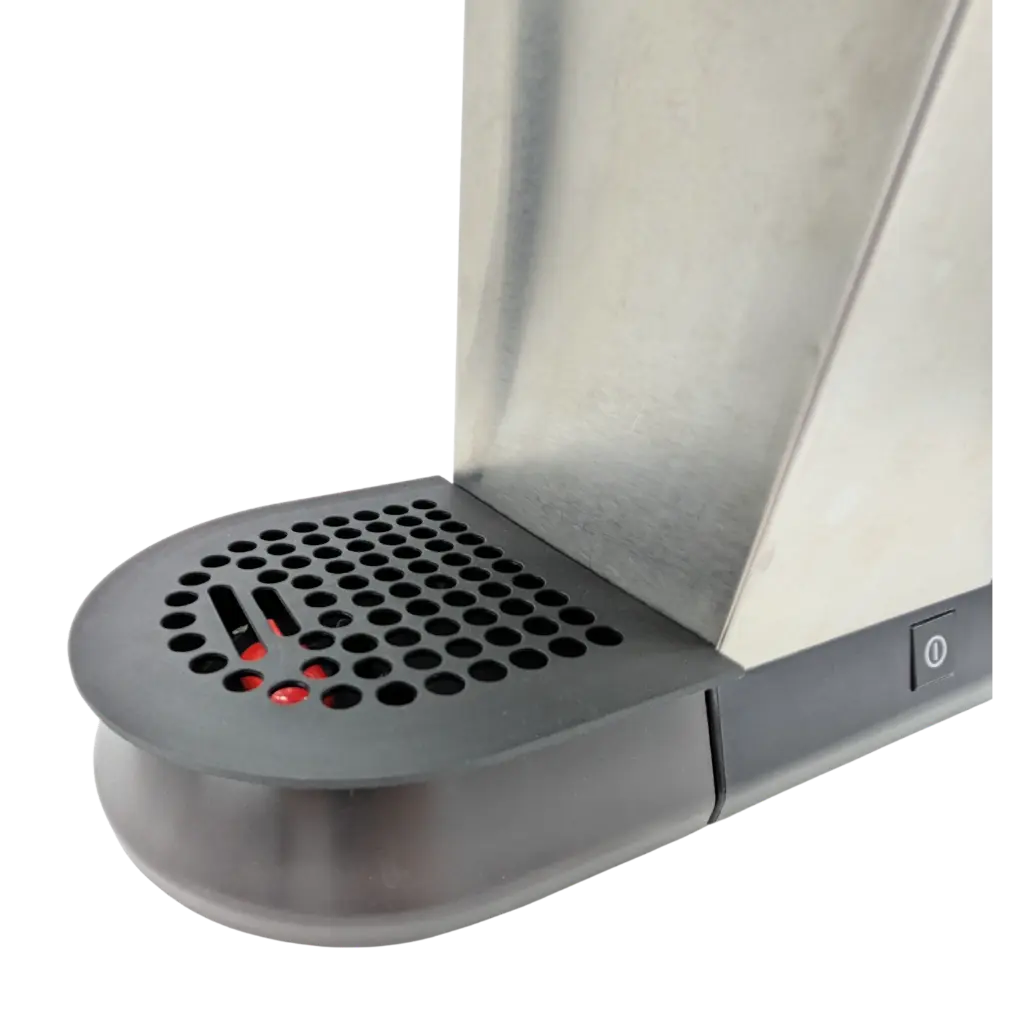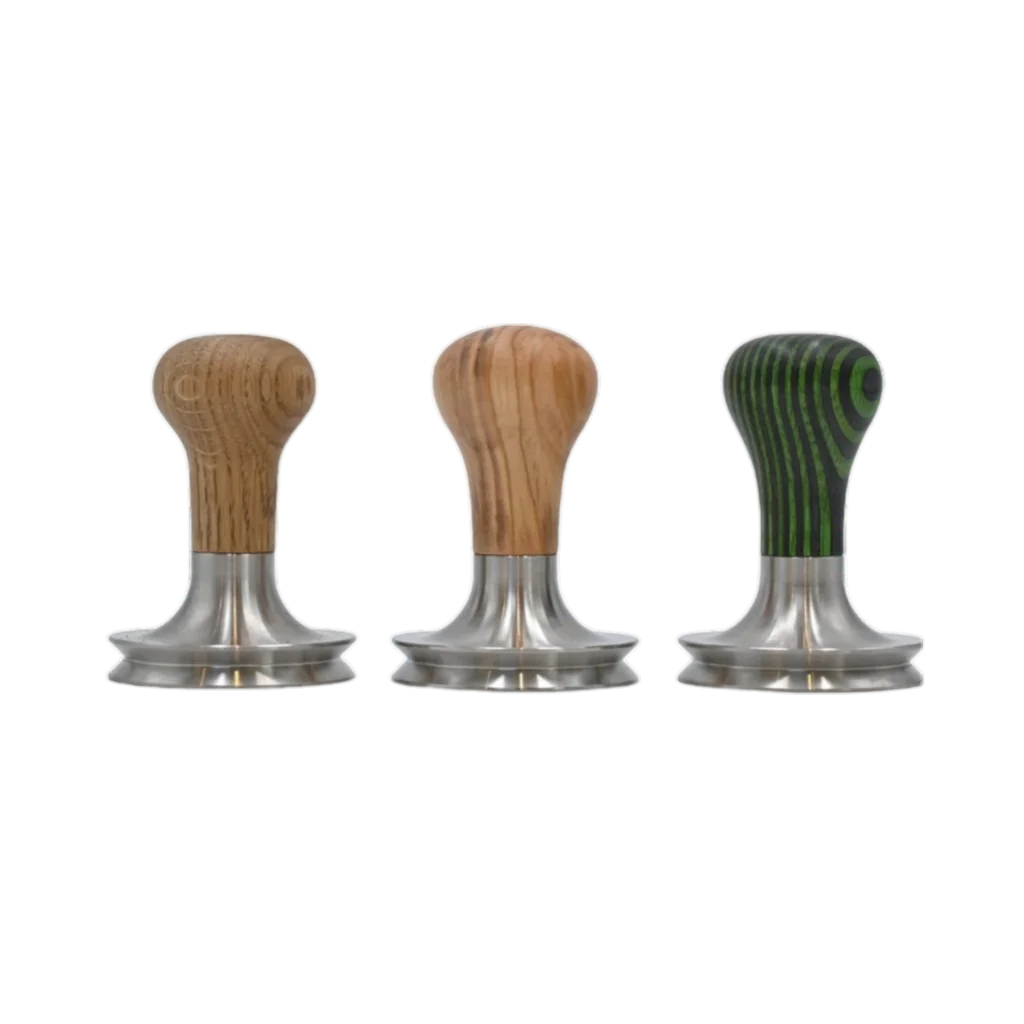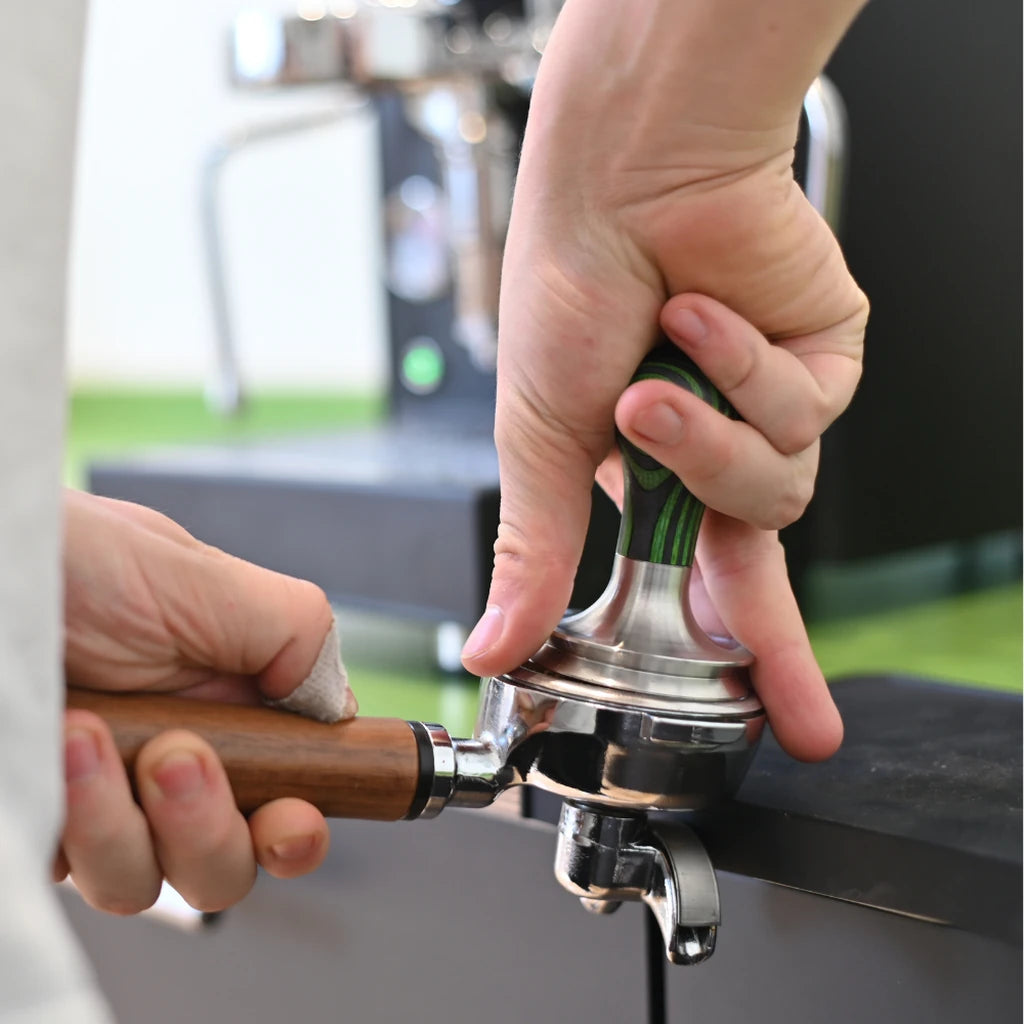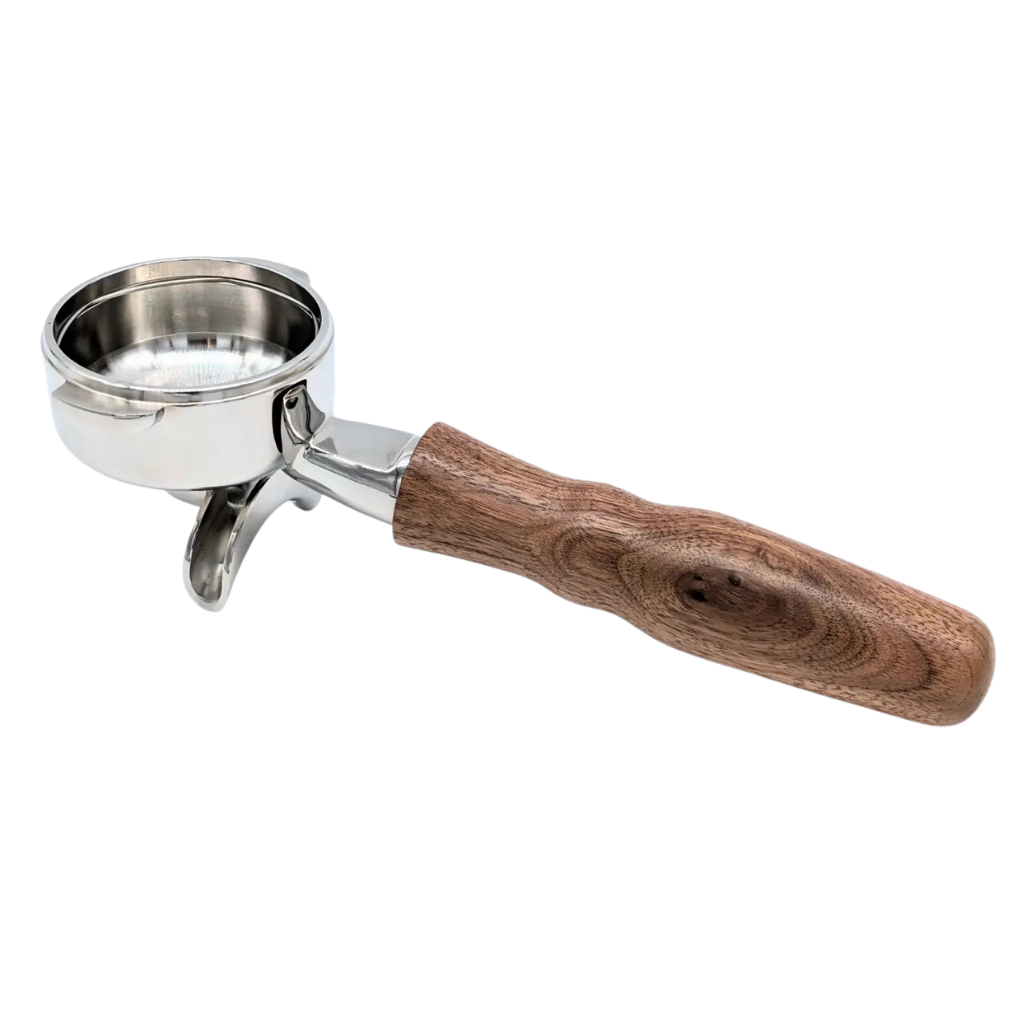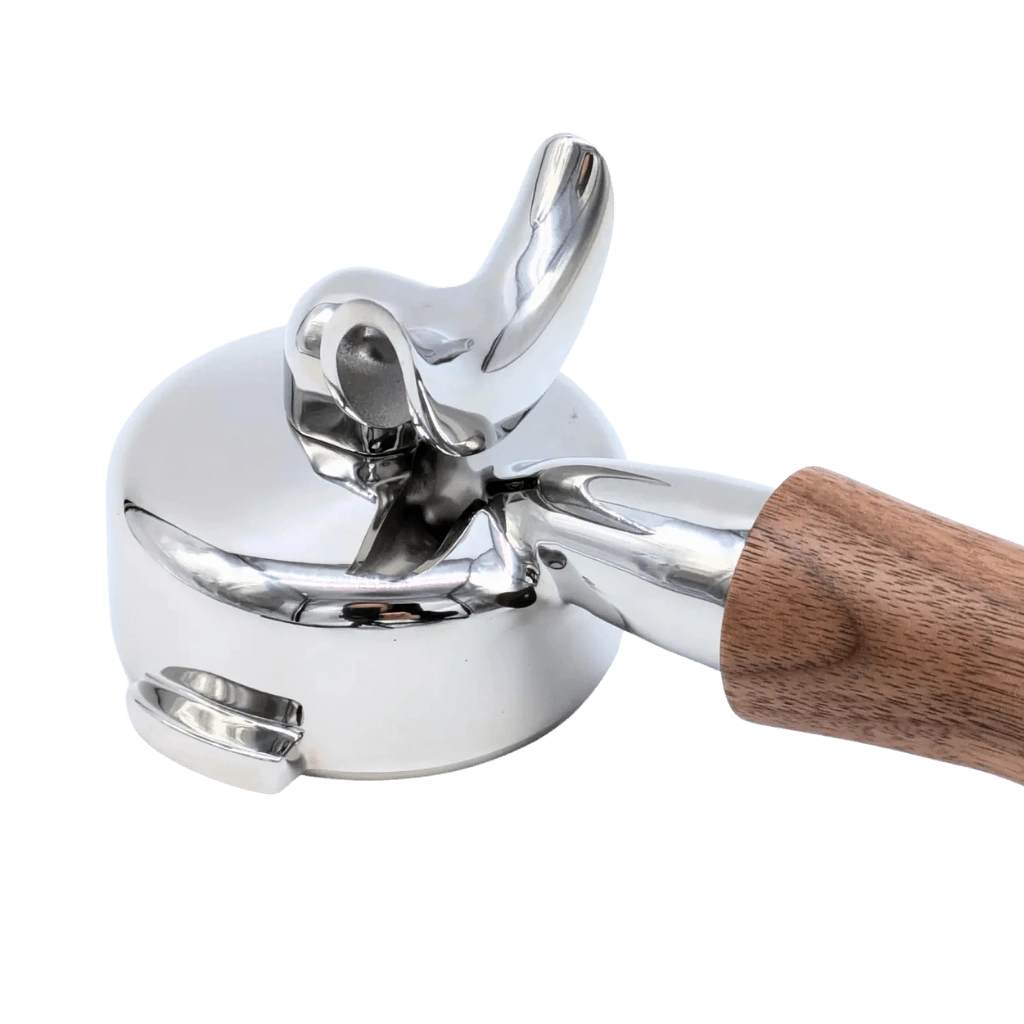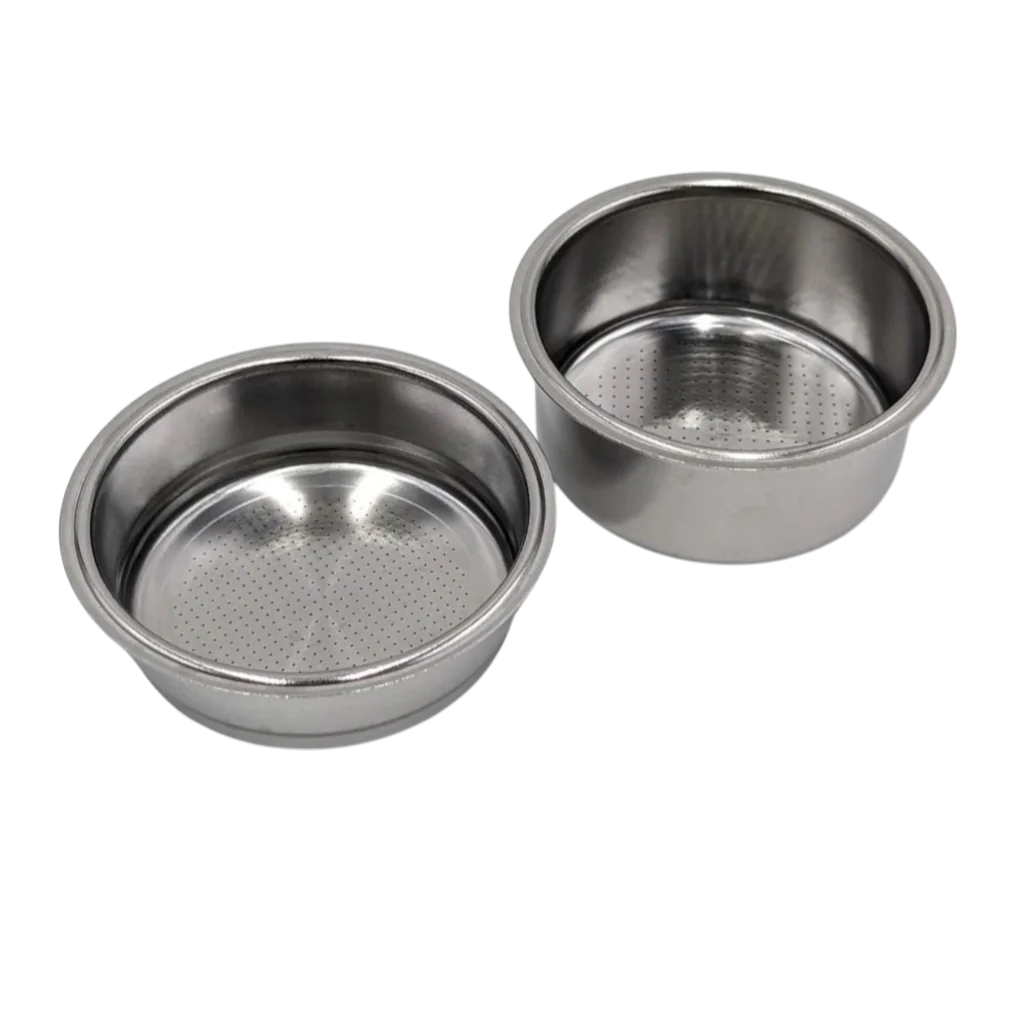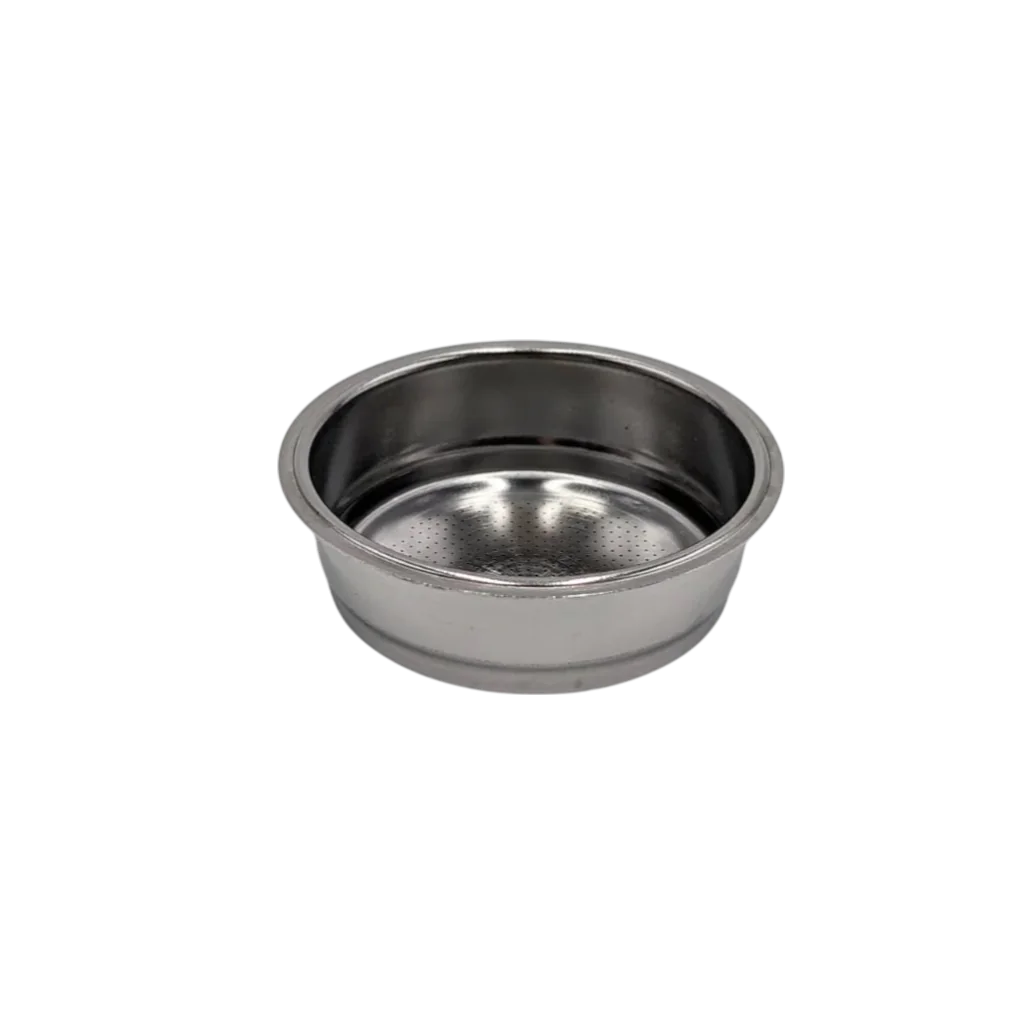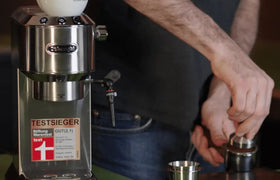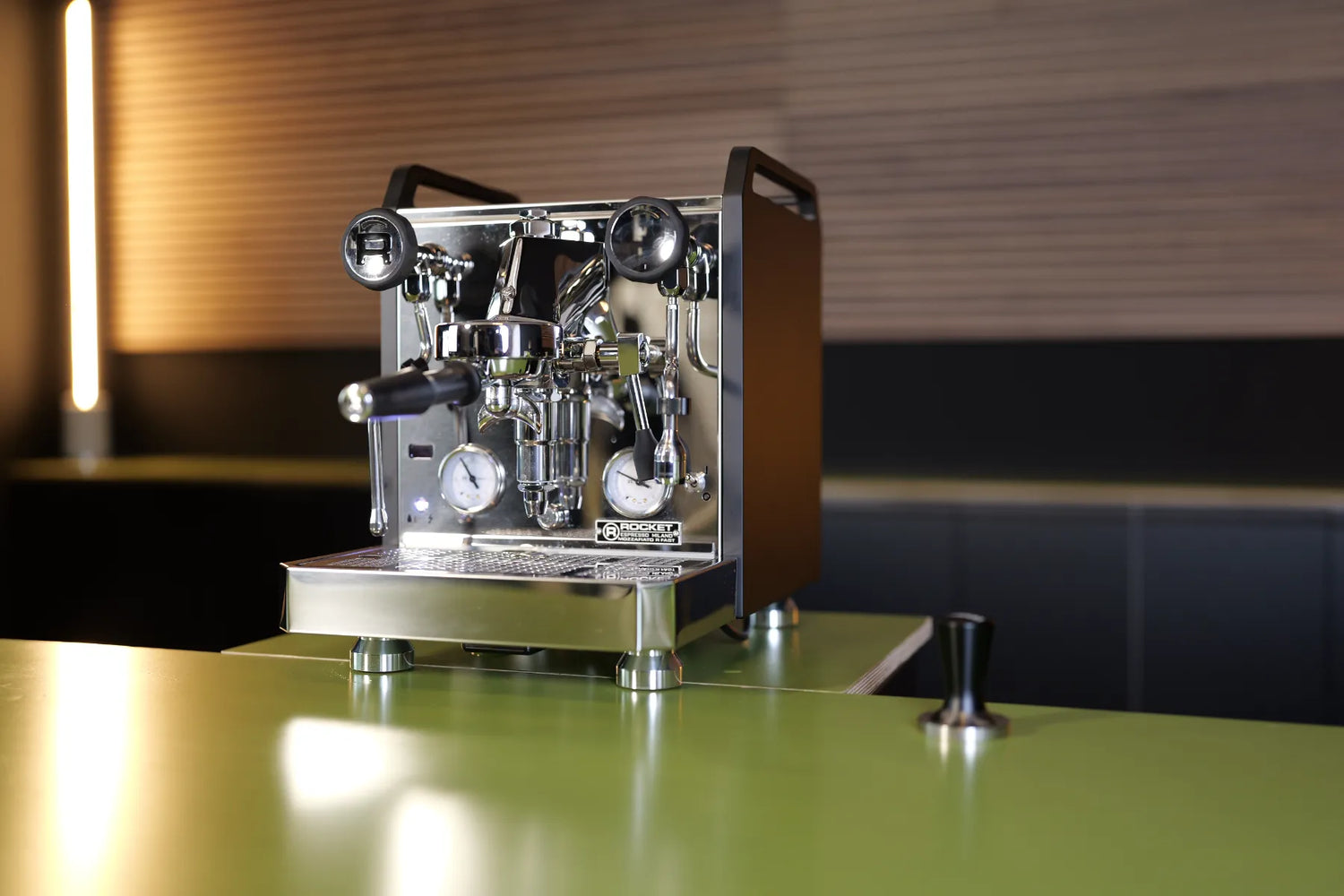The Rocket Mozzafiato R Fast already promises in its name what it wants to be: a faster version of the classic heat exchanger from Rocket. After extensive tests with various temperature protocols, energy measurements, and practical runs, we can say: it has indeed become faster – but still no sprinter.
Design and Build: Finally without sharp edges
What stood out immediately with this Rocket: the build quality has taken a clear leap forward. Earlier Rocket models were notorious for their sharp edges, which could regularly cut your fingers while cleaning. Those days are over. The Mozzafiato R Fast feels consistently high-quality, all edges are neatly deburred, and even the water tank can be removed without risk of injury.
With its 30 kilograms of weight and dimensions of 41 cm height, 45.7 cm depth, and 31.4 cm width, it’s a real chunk on the countertop. The black version with the characteristic thick side panels looks solid and valuable. The large "Rocket" logo on the back underscores its confident appearance.
Operation: Typical heat exchanger manual use
The operation remains classic and manual. You don’t get volumetrics, programmable shots, or pre-infusion settings. What you do get is a display showing the boiler temperature – not the brew temperature, mind you. The adjustable range of 120 to 123°C refers to the steam boiler, from which the brew temperature is then derived indirectly.
The menu under the drip tray still hides behind the familiar Rocket buttons. Here you can switch between Celsius and Fahrenheit, set the boiler temperature, and activate the Eco mode. That’s it – but for a heat exchanger, that’s more than sufficient.

Heat-up time: Fast, but not fast enough
The main selling point of the "Fast" version should be the quicker heat-up time. And indeed: with 25 minutes to reach a stable 91–92°C brew temperature, it is noticeably faster than the previous model, which took over 35 minutes. The TCA with the same brew group even needed more than 40 minutes.
But – and this is a big but – 25 minutes in 2025 is still an eternity. Modern dual boilers, thick film heaters, and thermoblock machines are ready in under 10 minutes. If you get impatient and pull a shot after 15 minutes, you’re looking at a meager 89°C average brew temperature. That’s too cold for most coffees.

Temperature behavior: Heat exchanger weaknesses included
Our measurements showed the typical heat exchanger behavior: temperature drops from shot to shot. In our standard KM protocol (5 shots pulled one minute apart), we started at 92°C and ended at 90°C by the fifth shot. This is technologically normal but clearly a limitation.
Interestingly, if you only give the machine 15 minutes to warm up, it stays consistently at 89°C over multiple shots – because it continues heating while the drop from brewing is offset by the ongoing warm-up. A curious phenomenon, but it doesn’t change the fact that 89°C is usually too low for good espresso.
In the WBC protocol with 14 rapid consecutive shots, we saw a massive drop from 94.7°C down to 83.1°C. This machine is definitely not designed for high-frequency operation.

Espresso quality: Solid but inflexible
We tested numerous espressos at 122°C boiler temperature and enjoyed many tasty shots. Komal, a coffee from our purple line, particularly impressed us. The coffee was sweet, round, and balanced. The E61 brew group, with its thermal mass, ensures very consistent extraction within a shot.
What’s missing is flexibility. No adjustable pre-infusion, no pressure profiling, no flow control. The rotary pump kicks in with full pressure right away, which can quickly lead to channeling with delicate light roasts. For classic darker roasts this is less of an issue, but with modern light roasts you’ll hit the limits.
Milk steaming performance: Its great strength
This is where the heat exchanger shows its trump card: 28 seconds for 300 ml of milk from 10 to 60°C – that’s impressively quick. Steam power is consistently strong, the pressure doesn’t drop, and you can steam multiple pitchers in a row without a problem. Brewing and steaming in parallel works flawlessly.
The steam wand is well positioned and movable, but lacks cool-touch. After steaming it’s hot enough to burn your fingers.
Noise and energy: Typical for heat exchangers
At 62.2 dB during brewing, the machine is in the normal range for rotary pump machines. Audible, but not disturbingly loud.
Energy consumption highlights the weakness of heat exchanger technology: the large boiler must be kept at temperature permanently, even if you’re only making espresso. Energy-efficient operation is structurally impossible.
The exact energy measurement graph will be added later.
Accessories: Finally a proper tamper
Rocket now includes a high-quality tamper that actually fits the portafilter. That wasn’t always the case. The baskets are the familiar Rocket standards – not bad, but nothing special. A blind basket for cleaning is included, along with the usual single and double baskets.
Comparison within the heat exchanger class
Within the heat exchanger world, the Mozzafiato R Fast sits in the upper midfield. It heats up much faster than classic models like the Bezzera BZ10 or the old Mozzafiato. Build quality surpasses many competitors.
At €2,190, however, it also sits at the top end of the heat exchanger segment. For similar money, you can already get quality dual boilers like the Lelit Bianca or a thick film heater machine like the Zuriga, which offer better temperature stability and more adjustment options.
Conclusion: For traditionalists with patience
The Rocket Mozzafiato R Fast is a rock-solid heat exchanger machine with excellent build quality. It delivers what heat exchangers are known for: robust operation for decades, strong steam power, and straightforward manual use.
Who is it for? Traditionalists who value durability and Italian design. Cappuccino drinkers who need lots of steam power. Anyone who doesn’t want electronics and menus.
Who should look elsewhere? Anyone wanting a quick morning espresso (25 minutes is too long). Purists looking for precise temperature control. Experimenters wanting to play with pressure profiles. Energy-conscious users who find the permanent heat exchanger operation too wasteful.
The “Fast” in the name is relative. Yes, it’s faster than its predecessors. But in a world where modern machines are ready in 5 minutes, 25 minutes remains a small test of patience. Those who can wait and appreciate the heat exchanger philosophy will get a machine for life. Everyone else will find more modern alternatives with greater flexibility in the same price range.
Additional note: Even longer heat-up times do not make the temperature permanently more stable.












